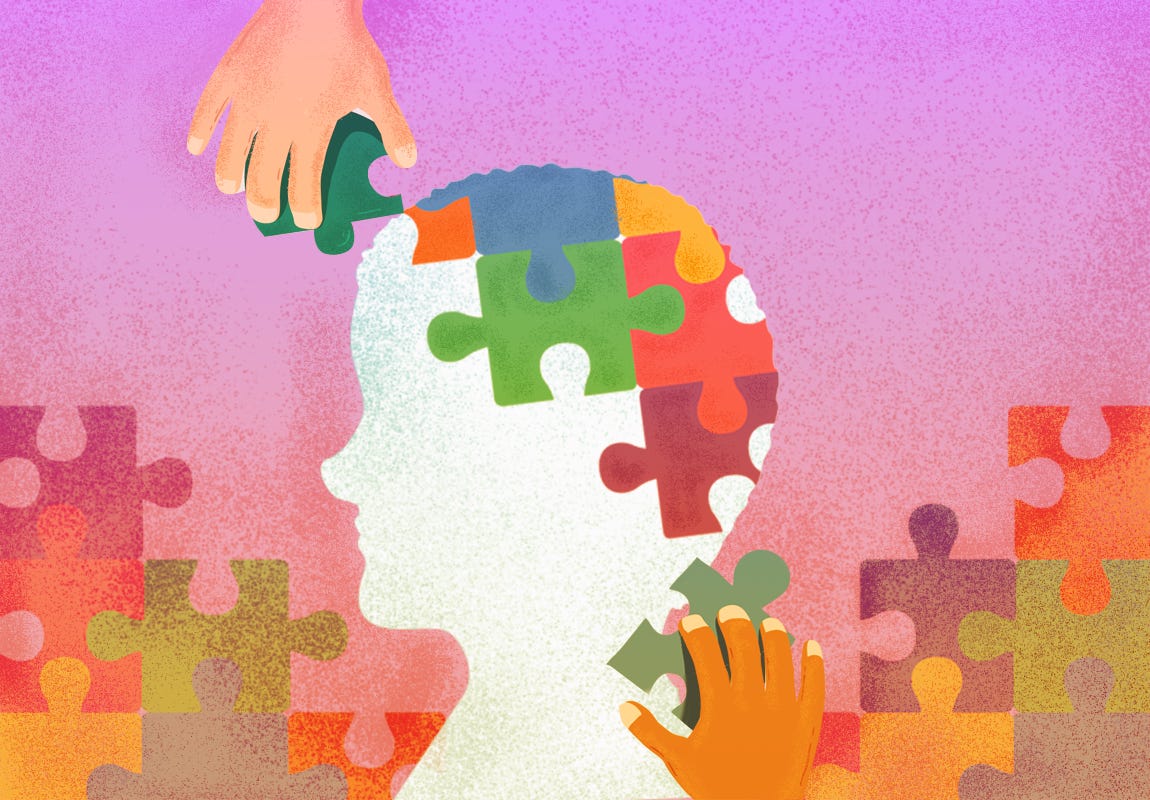Dr Leo Kanner (1894 -1981), of Johns Hopkins Hospital, Maryland, in the United States, was the first to use the term ‘autism’ as a diagnosis in 1943, after studying 11 children diagnosed with early infantile autism.
Autism spectrum disorder (ASD) is a developmental disability caused by brain differences. ASD makes people frequently struggle with social communication and interaction, as well as restricted or repetitive behaviours or interests. People with ASD may also learn, move, or pay attention in different ways. It is important to note that some people who do not have ASD may exhibit some of these symptoms. However, for people with ASD, these characteristics can make life extremely difficult.
Autism has long been described as a pervasive developmental disorder, which means that it appears in early childhood and affects all aspects of a child’s development. However, there is a growing acceptance that autism does not need to be viewed as a disorder, but rather as a neurological difference, hence the terms ‘neurodiverse’ and ‘neurodivergent’.
Autism is diagnosed when two specific areas of development are significantly impacted. These areas are social interaction and communication, repetitive behaviours, and the so-called limited interests. People with autism, in particular, have been thought to be challenged by their ability to understand others’ perspectives or attribute mental states to other people.
Communication difficulties can range from a lack of (current) language use to difficulty participating in the types of social conversations that the neurotypical community engages in on a regular basis. Repetitive behaviours can be patterns of motor movements (fine or gross motor), repeated verbal lines (also known as ‘scripting’), or unusual sensory stimulations (for example, spinning or dropping objects or watching movement). Some children with autism spectrum disorder may have more typical interests, while others may have an unusually narrow range of interests or become intensely focused on a few interests. These developmental differences are most noticeable between the ages of 18 months and 36 months.
Social communication and interaction skills
People with ASD may struggle with social communication and interaction skills.
The following are examples of ASD-related social communication and social interaction characteristics:
• Avoids or does not maintain eye contact
• By 9 months of age, the child does not respond to his or her name.
• By 9 months of age, does not exhibit facial expressions such as happiness, sadness, anger, or surprise.
• Does not play simple interactive games by the age of 12 months.
• By 12 months of age, the child uses few or no gestures (for example, does not wave goodbye)
• By 15 months of age, does not share interests with others (for example, shows you an object that they like)
• By the age of 24 months, does not notice when others are hurt or upset.
• By 36 months of age, the child has not noticed other children and has not joined them in play.
• By 48 months of age, the child has stopped pretending to be someone else, such as a teacher or a superhero.
Repetitive behaviours or interests
People with ASD may exhibit unusual behaviours or interests. These behaviours or interests distinguish ASD from conditions defined solely by difficulties with social communication and interaction.
ASD-related restricted or repetitive behaviours and interests can include
• Lines up toys or other objects and becomes agitated when the order is altered
• Repeats words or phrases repeatedly (called echolalia)
• Plays with toys in the same manner each time
• Is concentrated on object parts (for example, wheels)
• Minor changes irritate the child
• Has obsessive hobbies
• Certain routines must be followed
• Has unusual reactions to the way things are – flaps hands, rocks body, or spins self in circles.
Other characteristics
• Delayed language skills
• Delayed movement skills
• Delayed cognitive or learning skills
• Hyperactive, impulsive, and/or inattentive behaviour
• Epilepsy or seizure disorder
• Unusual eating and sleeping habits
• Gastrointestinal issues (for example, constipation)
• Unusual mood or emotional reactions
• Anxiety, stress, or excessive worry
• Lack of fear or more fear than expected
When to see a doctor?
Babies develop at their own pace, and many do not adhere to the strict timelines outlined in some parenting books. However, children with autism spectrum disorder usually show signs of delayed development before the age of two. The symptoms of autism spectrum disorder frequently manifest early in development, when there are obvious delays in language skills and social interactions.
If you are worried about your child’s development or suspect that he or she has autism spectrum disorder, talk to your doctor. The symptoms of the disorder could also be associated with other developmental disorders.














Signs and symptoms of Autism Spectrum Disorder (ASD)